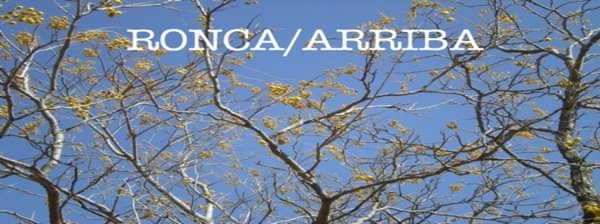
A few years ago, in the early days of our adventures on the road, Kendall and I drove the California coast from Pismo Beach up Highway One to the Bay Area. The drive with its coastal views was spectacular, as expected, but I’d been promised redwoods.
When they finally came into view, it was love at first sight. I’d seen trees before, obviously, but nothing like these trees. From a distance, their lines are nearly vertical, drawing the eye always up and up and up, their boles slender only because each tree’s height so greatly exceeds its horizontal reach. The trees appear graceful, elegant, composed, as balanced in structural composition as in palette. Up close, their bark is furrowed, mottled with moisture and often with indications of fire; their trunks bear the remarkable iterations of their long lives. Since moving to Washington State, I’ve continued my arboreal love affair: the graceful boughs and gnarled trunks of the western redcedar; the notched cones and sprawling branches of the Douglas-fir; the drooping, delicate tops of the hemlock, so at odds with its sturdy, straight trunk; the tenacious Sitka spruce; the pleasant march of subalpine fir across a mountain slope. These are the familiar companions that hint at altitude, microclimate, and forest age, but redwoods have remained my first love and my biggest obsession.
And so this past spring break, we loaded up the Civic with the dogs and a cooler and sufficient reading material for a 10-day trip and headed south. We followed Highway 101 across the Olympic Peninsula and down the Oregon coast until we reached Prairie Creek State Park, Redwood National Park, and—still farther south—Humboldt Redwoods State Park. Before we left, a friend had described these redwood forests as beyond exaggeration. And they were everything I’d previously loved about redwoods as trees, but compounded by the scale of the forest: bigger, taller, statelier. Moisture from the morning’s rain gave lie to the blue sky faintly visible through the canopy; drops fell 300 hundred feet to the forest floor, waylaid briefly on their journey from sky to earth. Sunlight entered the forest with similar reticence, as if with deference to the world that these trees create unto themselves. We spoke in hushed tones or not at all, and even the dogs seemed moved by the scale of the trees and the space of the forest.
It is perhaps this quality of the coastal redwood forests that inspires both devotion and destruction. Vulnerable though they are to human actions, these forests exist in a temporal scale beyond our ken. Like the cathedrals to which they are so often compared, redwood forests remind us that we are small and impermanent, a state that seems to invite dogma and ambition at least as often as it does reflection.
Just as we were leaving, the sun broke through a gap in the canopy and backlit the falling raindrops; the world seemed suspended, however briefly, in a golden present. Then, as if on cue, a cloud blocked the sun and we loaded into the car and drove on. The beauty of this particular moment is, for me, precisely that although we were beside the point, we got to share in the experience of it.

